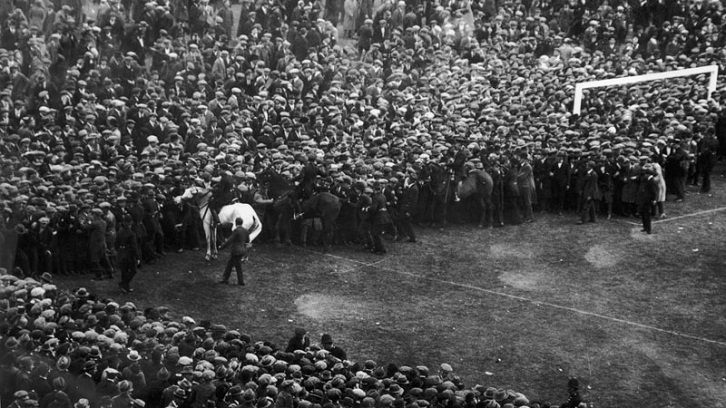If the 1910s were marked with West Ham United’s arrival as a Football League club, the 1920s remain synonymous with two events – promotion to Division One and ‘The White Horse Final’.
Both of these events occurred within weeks of each other in the spring of 1923, but were the culmination of a steady improvement in the Club’s fortunes over the preceding years.
The Hammers’ first season as a Football League Club, 1919/20, ended with an impressive seventh-place finish in Division Two achieved largely due to the 21 league goals scored by Syd Puddefoot.
The prolific Puddefoot bagged 29 more the following season as West Ham finished fifth, and another 14 – to go alongside 13 from a young forward called Vic Watson – in 1921/22 as the Hammers finished fourth.
The 1922/23 season was the best in the Club’s history to that date, with Watson plundering 22 league goals and Billy Moore 15 as West Ham used a late-season surge to finish as runners-up to Notts County – securing promotion to the top flight on goal average over third-place Leicester City.
Perhaps even more impressive was West Ham’s run to the FA Cup final, which saw them overcome Hull City, Brighton & Hove Albion, Plymouth Argyle, Southampton and Derby County to set up a final date with Division One side Bolton Wanderers at the newly-built 127,000-capacity Empire Stadium at Wembley.
There, on 28 April 1923, an estimated 240,000 spectators turned out to watch the final, which Bolton won 2-0, but not before a grey horse named ‘Billy’ had helped to clear the pitch of people.
West Ham remained in the top division for the remainder of the 1920s, with England internationals Watson, Moore, goalkeeper Ted Hufton and outside left Jimmy Ruffell the stars of the show.
